From the introduction: The developmental stages in the life cycle of digeneans include a number of larvae viz., miracidium sporocyst redia cercaria and metacercaria. The cercaria develops inside sporocyst or redia. To become infective cercariae undergo a further developmental phase and are known as metacercariae. Family schistosomatidae and Azygiidae are exceptions wherein the cercariae penetrate the skin of the definitive host or ingested directly by definitive host thus without having a metacercarial stage. The fully developed cercaria emerges from snail and swims for sometimes in water. It forms a cyst or leads a free life in an intermediate host before entering the final host. Before the formation of cyst the cercaria sheds its tail. The cyst wall helps the larva to overcome the adverse climatic conditions. During this stage, certain structures of adult worms develop, physiological activities and the metabolic processes continue and thereafter further development proceeds. Mostly the metacercaria resembles its cercaria. The larva prepares itself to cope up with the new environmental conditions in final host. A perusal of Indian literature shows that little attention has been paid by workers on this peculiar but interesting larval form as regards its morphology development physiology and biochemistry. The term mesocercaria is used to describe prolonged cercarial stages which occur in the genus Alaria. The time required for metacercariae to become infective after encystement varies from few minutes to several months.
Contents: 1. Group tetracotyle faust, 1918. 2. Group neascus hughes, 1927. 3. Group prohemistomulum Ciurea, 1933. 4. Group diplostomulum hughes, 1929.

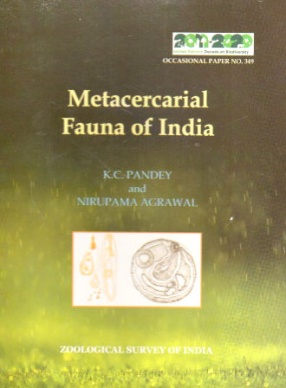

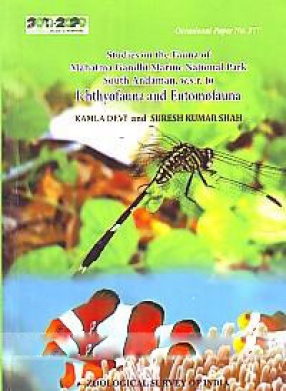
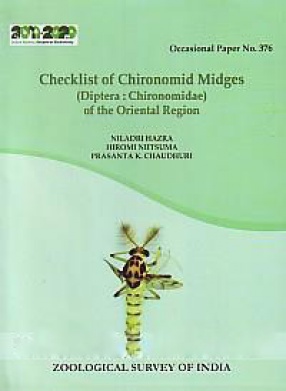
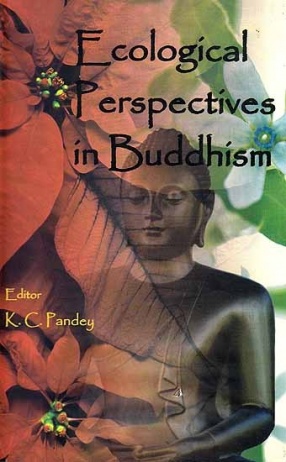
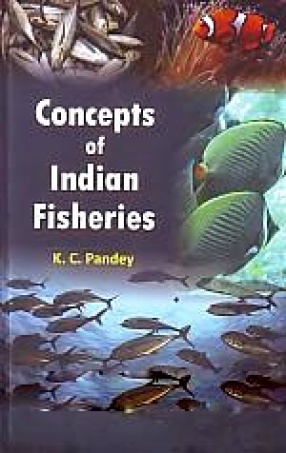
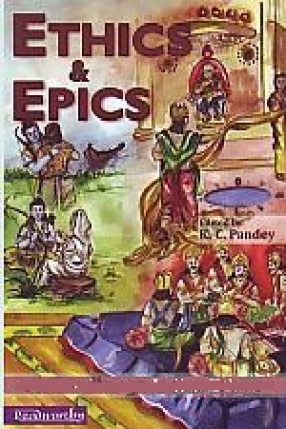
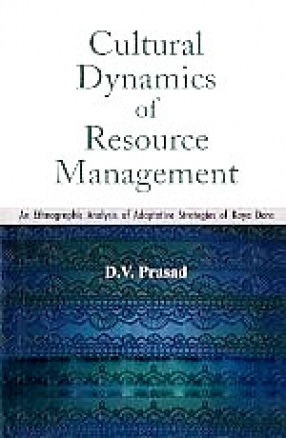


There are no reviews yet.